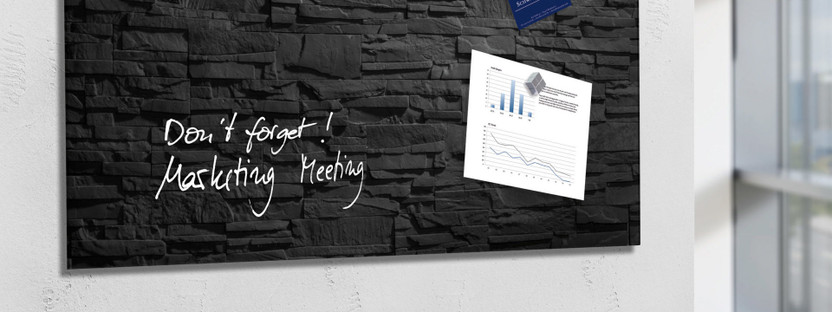Combat Meeting Derailers
Posted by Julie Morgenstern on Feb 22nd 2017
In a great, effective meeting, you can feel the room buzzing. Everyone is engaged, connected and interested, all striving towards a common purpose. But when people are not engaged in the topic, the energy plummets as people slouch in their chairs, engage in side conversations, appear bored, check email or do other work.
Poorly run meetings are considered the bane of most people’s existence—there are far too many, they go on too long, and frequently end without a clear plan of action. Use these techniques to create meaningful, high-impact meetings that accomplish their purpose, and keep everyone engaged.
Create outcome based agendas.
When a meeting is vague in its intention, it is harder to engage participants or keep them on topic. Think through the agenda in terms of specifically what you want to resolve or accomplish and send it advance. Announce the goal of the meeting at the top. Knowing the purpose will keep people on target, and prevent everyone from going too far down a road that there aren’t answers for yet.
Ban smart phones and laptops.
Multi-tasking during meetings is rampant, rude and blocks any chance of creating synergy in the room. Have people surrender their cell phones into a basket upon entry (with a post-it indicating who it belongs to) to prevent the temptation to “secretly” check email under the table. Designate only one person in the room with a laptop, whose sole job it is to record minutes and send them out after. All other participants can use notebooks to process information. Consider providing Boundless notebooks with your company logo to set the norm and inspire participants to embrace the merits of handwriting.
Use whiteboards to increase engagement.
White boards create a visual focal point that engages participants and increases individual and collective memory. In addition to brainstorming and problem solving, try writing the agenda on the board to keep everyone focused on the task at hand by going through items systematically. The Magnetic Glass Board is an elegant solution for any office. For a portable whiteboard, check out the clever Leitz Whiteboard Presentation System, which rolls up and affixes to any wall for meetings on the go.
Have someone record side issues in a notebook called the PARKING LOT.
Schedule follow-up meetings to address these issues in a timely way. A “parking lot” will capture important questions and issues that may be off-topic, but deserve to be considered in their own time and place. People are less likely to derail the meeting with tangents if they know they will be captured and followed up on.
Leave 15 minutes of wrap-up time for every meeting.
State what was resolved, and publicly agree on next actions. Decide who will do what and by when. Assign deadlines, and be sure you or the meeting secretary records these actions. Don’t let anyone wiggle out with a vague, “I’ll let you know.” If they can’t give you a delivery date at the meeting, set a deadline for when they will get back to you.
Introducing stricter meeting protocols may feel a little awkward at first, and you will likely get some push-back. But the worst thing you can do is waste people’s time, all while keeping them from doing other work. By increasing the engagement level of all participants, you will run meetings that generate solutions, foster a community of collaboration and boost productivity.
Written by Julie Morgenstern
For over 25 years, New York Times bestselling author and organizational consultant Julie Morgenstern has transformed the way individuals and companies function around the globe, including American Express, Microsoft, FedEx, and the NYC Mayor’s Office.
Her cutting edge advice has been featured on programs from The Oprah Winfrey Show to Good Morning America and NPR, and she is regularly featured in a variety of print magazines and publications, including Forbes, Harvard Business review, and The Wall Street Journal.
In today’s fast-paced culture, professional success often seems synonymous with long days, never-ending to-do lists, and sleepless nights. But it doesn’t have to be that way.

